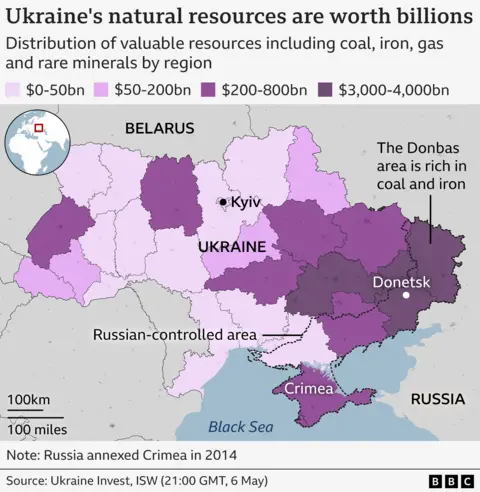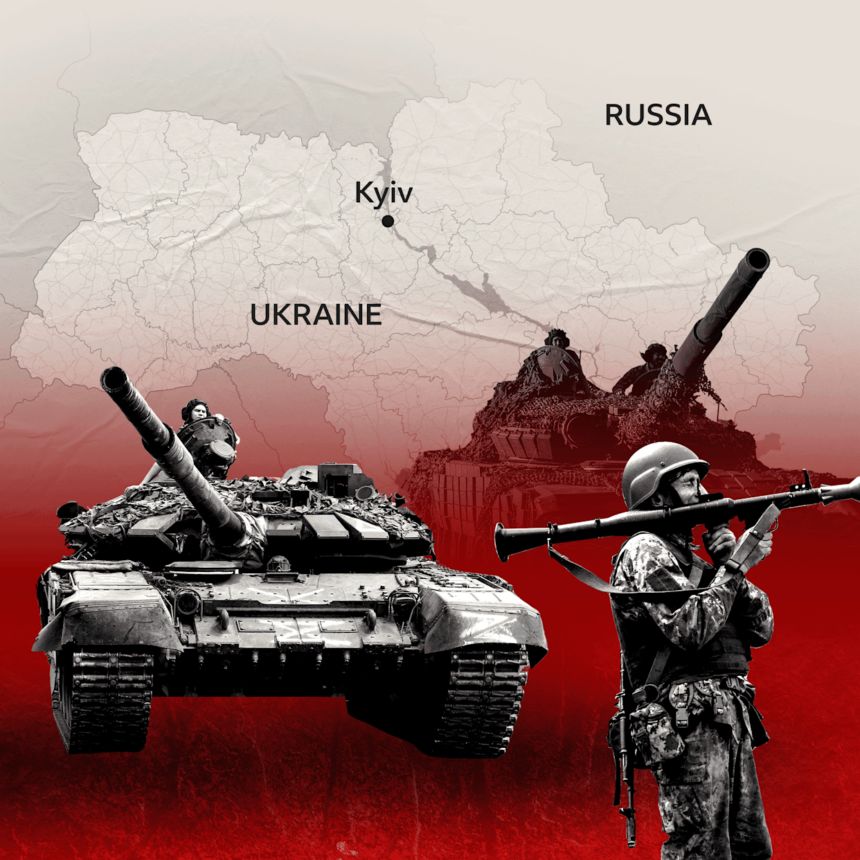As the war between Russia and Ukraine rages on, the shifting frontlines have become a critical aspect of understanding the conflict. Below is a comprehensive analysis of key battles and territorial shifts that have defined the war’s course, with a focus on the recent developments in eastern Ukraine and the ceasefire talks.
Russia’s Advances in the East
In the last year, Russian forces have managed to capture significant portions of eastern Ukraine, including parts of the Donbas region. Despite this, the front line has largely remained static for over two years, with small incremental advances pushing Ukrainian forces further back. Analysts from the Institute for the Study of War indicate that Russia’s largest advantage is in manpower, with over 620,000 Russian soldiers involved in the conflict.
Intensified Fighting and Tactical Shifts

Recent months have seen a sharp increase in assaults along the front line, with a 30% uptick in fighting. The most significant developments have been Russia’s offensive towards the city of Pokrovsk. However, Ukrainian forces, employing advanced drone tactics, have inflicted heavy losses on Russian troops, slowing down the Russian advance considerably.
The front line in Donetsk has shifted very little over the past year, even as Russia pushes further toward Pokrovsk, attempting to encircle key Ukrainian strongholds. The strategic use of drones and artillery has become a game changer in slowing down Russia’s advances.
The Russian Incursion Near Kharkiv
In the north, Russian forces have also targeted the area north of Kharkiv, with several villages changing hands in May 2024. Despite a temporary setback due to US weapon supply pauses, Ukrainian forces managed to regain control and have successfully defended Kharkiv against Russian artillery and airstrikes.
Kharkiv remains a crucial city in the war, largely protected from direct Russian control due to its strong defense lines. The international community continues to watch as the conflict inches toward a possible stalemate in the east.

Ceasefire Proposals and Territorial Disputes
After years of fighting, the ceasefire has been a topic of intense negotiation. US-backed talks aimed at achieving a peace agreement have been met with resistance from Ukraine, which has accused the ceasefire proposal of being nothing more than a “theatrical show” aimed at protecting Russia’s World War Two victory parade.
In February 2024, Ukrainian President Volodymyr Zelensky suggested the possibility of a territory swap: Russian-held areas in Ukraine could be exchanged for Ukrainian territories captured from Russia in the Kursk region. This proposal remains controversial, and fighting continues in these contested zones.
Three Years of Fighting: Key Milestones
Since Russia’s invasion began in February 2022, Ukrainian forces have displayed remarkable resilience, pushing back Russian forces from critical territories. Despite heavy losses on both sides, the situation has now evolved into a long-standing conflict with shifting territorial lines, particularly in eastern Ukraine. The casualty toll for Russia has reached an estimated 235,000 personnel, while Ukraine has seen 43,000 military deaths as of late 2024.
Economic Incentives and Diplomatic Moves
In a move to secure long-term US support, Ukraine signed an agreement with the US in April 2025, offering a share of its mineral and energy reserves. This deal will help fund Ukraine’s post-war recovery while ensuring continued Western support in its battle against Russia.
BBC’s Detailed Analysis of the War | Institute for the Study of War
Read more about how Ukraine’s battle for sovereignty is shaping global geopolitics in our latest post: Ukraine’s Influence on Global Security.









